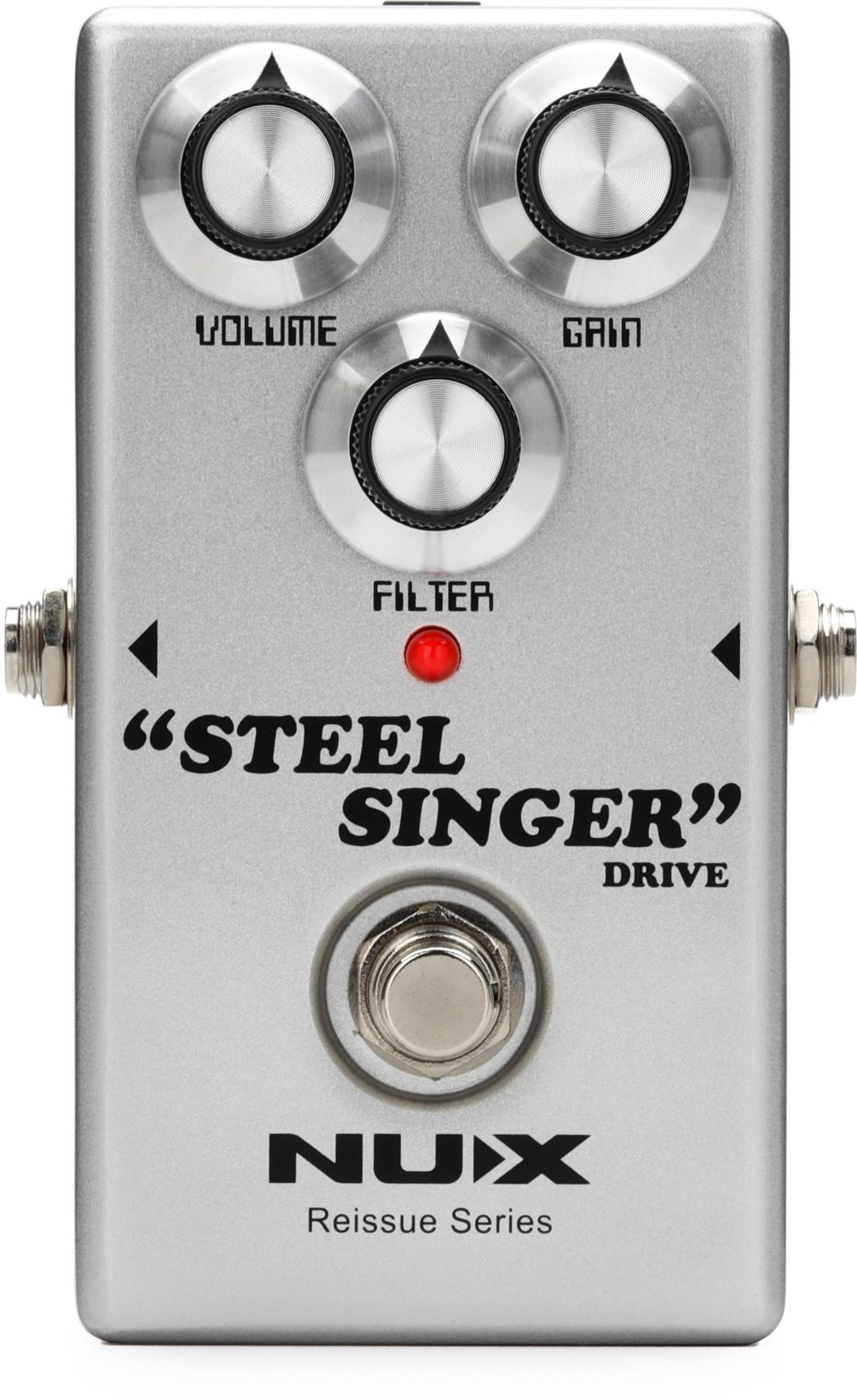Anaheim, CA (January 24, 2014) -- Audio-Technica (Booth 6740), a leading innovator in transducer technology for over 50 years, introduces its new System 10 2.4-GHz Digital Guitar Stompbox Wireless System (ATW-1501). The System 10 Stompbox streamlines onstage signal flow by making the wireless receiver part of the pedalboard, and provides an A/B switcher for multiple signal/amp options. The system combines the advanced 24-bit operation, easy setup and clear, natural sound quality of other System 10 wireless configurations with unique functionality for guitarists, bassists and other instrumentalists.
Operating in the 2.4 GHz range, far from TV and DTV interference, the System 10 Stompbox offers a rugged, metal, pedal board-mountable receiver with foot switch, two switched TRS balanced 1/4-inch outputs and an output mode selector. With the tap of a foot, musicians can toggle between outputs (e.g., for switching amps) or mute and unmute one output without muting the other (e.g., for tuners without a self-muting feature). And a single receiver can be paired with up to eight UniPak® body-pack transmitters, allowing users to easily switch between instruments without having to move a body-pack from one instrument to the next.
System 10 wireless ensures clear communications by providing three levels of diversity assurance: frequency, time, and space: Frequency Diversity sends the signal on two dynamically allocated frequencies for interference-free communication. Time Diversity sends the signal in multiple time slots to maximize immunity to multipath interference. Space Diversity uses two antennas on each transmitter and receiver to maximize signal integrity.
Each ATW-1501 Stompbox system includes an ATW-R1500 Stompbox receiver, an ATW-T1001 UniPak body-pack transmitter with an AT-GcW guitar cable, and Velcro strips for adding receiver to an effects pedal board. The ATW-R1500 is a digital receiver with sturdy, metal-body construction, easy-to-read digital ID and transmitter battery level displays, and AF Peak and Pair indicator lights.
The System 10 Stompbox system will be available spring 2014 with a U.S. MSRP of $614.95.
For more information:
Audio-Technica









![Rig Rundown: Russian Circles’ Mike Sullivan [2025]](https://www.premierguitar.com/media-library/youtube.jpg?id=62303631&width=1245&height=700&quality=70&coordinates=0%2C0%2C0%2C0)
















